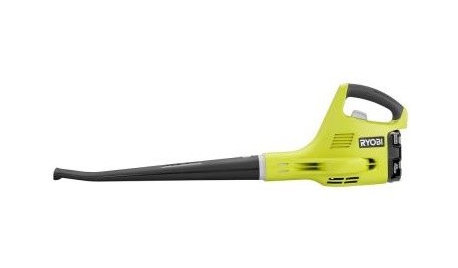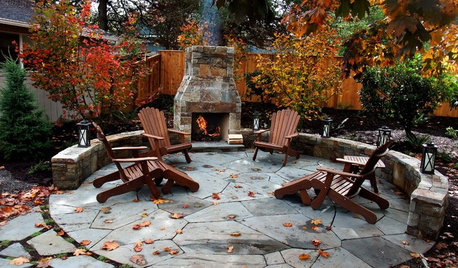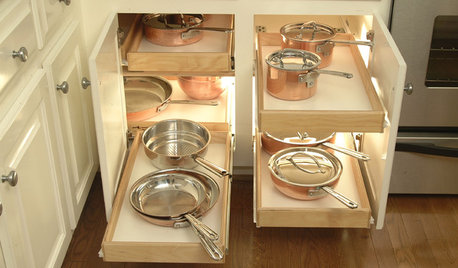Autumn Prep for Spring Leveling?
crombold
10 years ago
Related Stories

FALL GARDENING8 Must-Have Tools for Fall Backyard Prep
Autumn outdoor work feels overwhelming, but these handy tools can keep it under control
Full Story
SHOP HOUZZShop Houzz: Prep Your Patio for Fall
Say goodbye to summer and hello to crisp fall days with patio pieces that are cozy and comfortable
Full Story0

ENTERTAININGGenius Home Prep: A Guest Room in a Box
No dedicated guest room? Make hosting overnighters easier by keeping the essentials in one place
Full Story
MONTHLY HOME CHECKLISTSYour Checklist for Quick Houseguest Prep
Follow these steps to get your home ready in a hurry for overnight visitors
Full Story
SELLING YOUR HOUSEKitchen Ideas: 8 Ways to Prep for Resale
Some key updates to your kitchen will help you sell your house. Here’s what you need to know
Full Story
GARDENING GUIDESHow to Prep Your Ground for a Healthy New Lawn
Seed or sod that falls on weedy, lumpy soil is a wasted effort. Follow these steps to ensure that your new lawn will thrive
Full Story
SHOP HOUZZHouzz Products: Stock Your Kitchen for Autumn
Serve hearty meals with a side of style by gathering up these fall-perfect pots, linens, serving pieces and kitchen tools
Full Story
LIFEReady Your Home for Fall to Savor the Season More
Settle into the pleasures of autumn with a home that's prepped, organized and full of seasonal delights
Full Story
MONTHLY HOME CHECKLISTSYour Spring Home Maintenance Checklist
When winter weather departs, it’s time to check for damage and prepare for warm days ahead
Full Story
KITCHEN DESIGNSpring Clean Your Kitchen
Scour our 15 ways to ditch the dirt and get rid of the gunk, leaving your kitchen spick and span in time for spring
Full Story







dchall_san_antonio
cromboldOriginal Author
Related Professionals
Arnold Landscape Architects & Landscape Designers · Havre de Grace Landscape Architects & Landscape Designers · Horsham Landscape Architects & Landscape Designers · Concord Landscape Contractors · Maple Valley Landscape Contractors · Blue Springs Landscape Contractors · Damascus Landscape Contractors · Davis Landscape Contractors · El Mirage Landscape Contractors · Kaysville Landscape Contractors · Mission Landscape Contractors · Pikesville Landscape Contractors · Rosemount Landscape Contractors · Wickliffe Landscape Contractors · Elk Grove Swimming Pool Buildersdchall_san_antonio
cromboldOriginal Author
dchall_san_antonio
cromboldOriginal Author
dchall_san_antonio